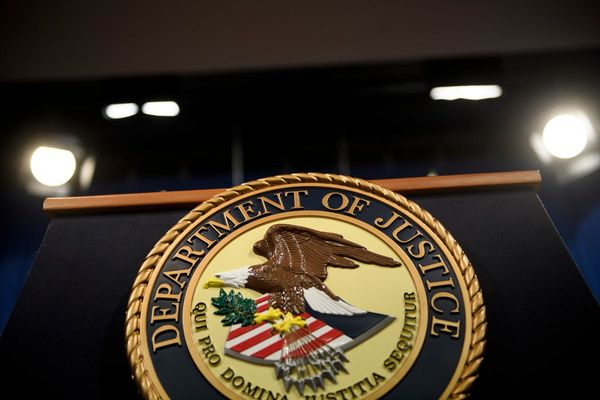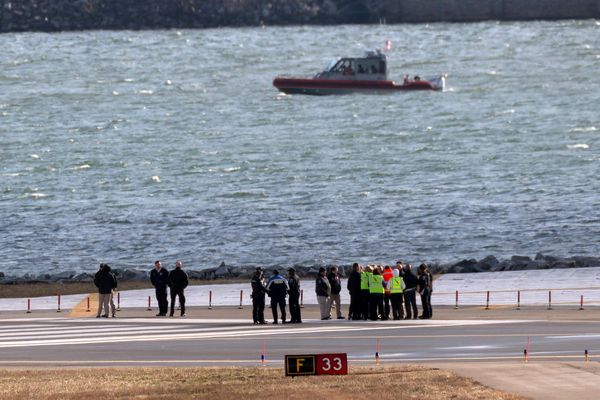
The 2022 election ended up being a terrible mismatch. The Coalition had dramatically increased the level of spending during the pandemic, but was a reluctant and half-baked convert to big government; most Liberals still fetishised low taxes and passive government, and the soft and sometimes not-so-soft corruption of the Morrison government made much of its spending worthless anyway. It was big but hollow.
Labor has no such qualms about big government. The post-pandemic world — of interventionist governments, big deficits, onshoring and re-engaged public policy — suits it perfectly. The Coalition went to the election at odds with its own fiscal record, promising the old standards of lower taxes and fiscal discipline. Labor realised voters wanted government that was both more active and more competent and effective. On May 21, the Coalition showed up with a neoliberal knife, to find Labor had an interventionist gun.
The budget as a whole encapsulates that conflict — one the Coalition currently appears to want to perpetuate, presumably in the hope of being blown away in 2025 as well. The government of Anthony Albanese and Jim Chalmers is active, engaged and big — and it wants to assure voters it is competent. Its ambition is to be big and solid.
Thus the boondoggles and rorts are gone. Three billion dollars in “waste” has been hacked from various programs. Consultants and travel will be slashed in the public service. Billions in infrastructure spending will be “reprofiled”. Additional revenue has been banked, not spent, as Chalmers proudly boasted.
But there’s more paid parental leave, cheaper childcare and more aged care funding; more aid for the Pacific; vocational education funding; and a new Housing Accord to build more affordable homes near places of economic growth. And, of course, extra spending on the NDIS. Lots of it.
This is a government that does things, rather than one that announces things.
The result, though, is higher spending across the forward estimates, pushing it back up to 27% of GDP. By the 2030s, it will be closer to 28% — well above previous “emergency” levels.
Labor has to get the competent part of the spending right. If it does so, it will make its chances of a long life much better, while Australia will have — in a relatively short period of time — significantly increased the size of its government, with the support of voters. Unless the Coalition finds a different tack than promising tax cuts and fiscal discipline, it will be on a hiding to nothing.
But that doesn’t fix the other problem of how it’s all paid for.

The chart tells the tale: we’re only paying about 93% of our bills (which include the interest on bills we previously didn’t pay). The April budget suggested a slow narrowing of that gap between payments and receipts, but Labor insists that was based on wrong assumptions about the NDIS and bond yields. Jim Chalmers and Finance Minister Katy Gallagher say this is a much truer picture of our fiscal state.
The Coalition didn’t have the courage to try to address the gap. Labor says it will, but not quite yet. There must first be a debate about the issue — one that, at his media conference today, Chalmers declared he was happy with so far.
On the evidence since the election, delivering the competence — the solidity — needed for an electorally effective big government approach appears within the talents of the Albanese team. But closing that gap between spending and revenue, between ambition and means, will likely prove the sterner challenge.







